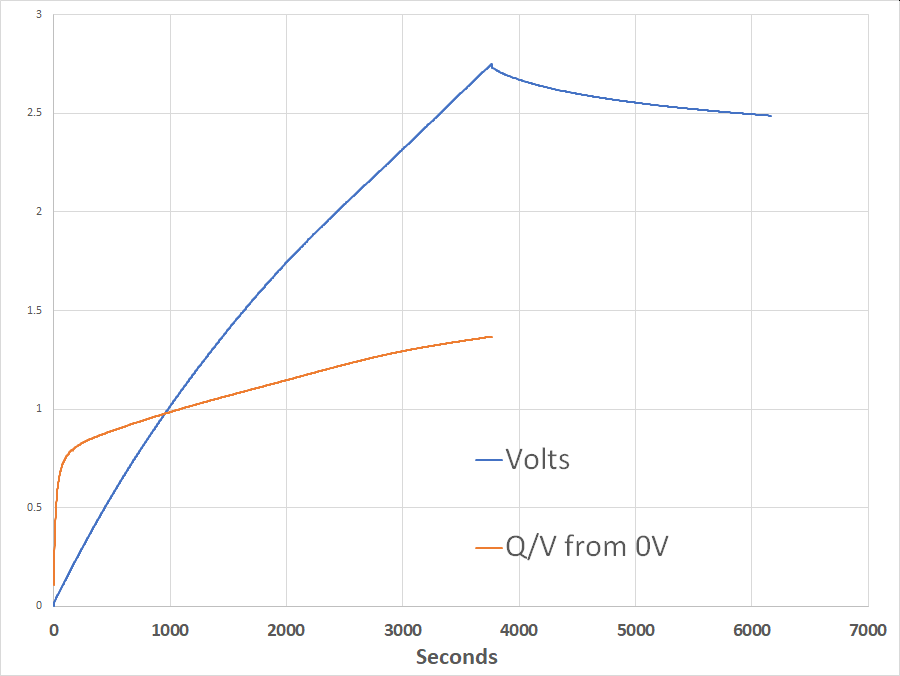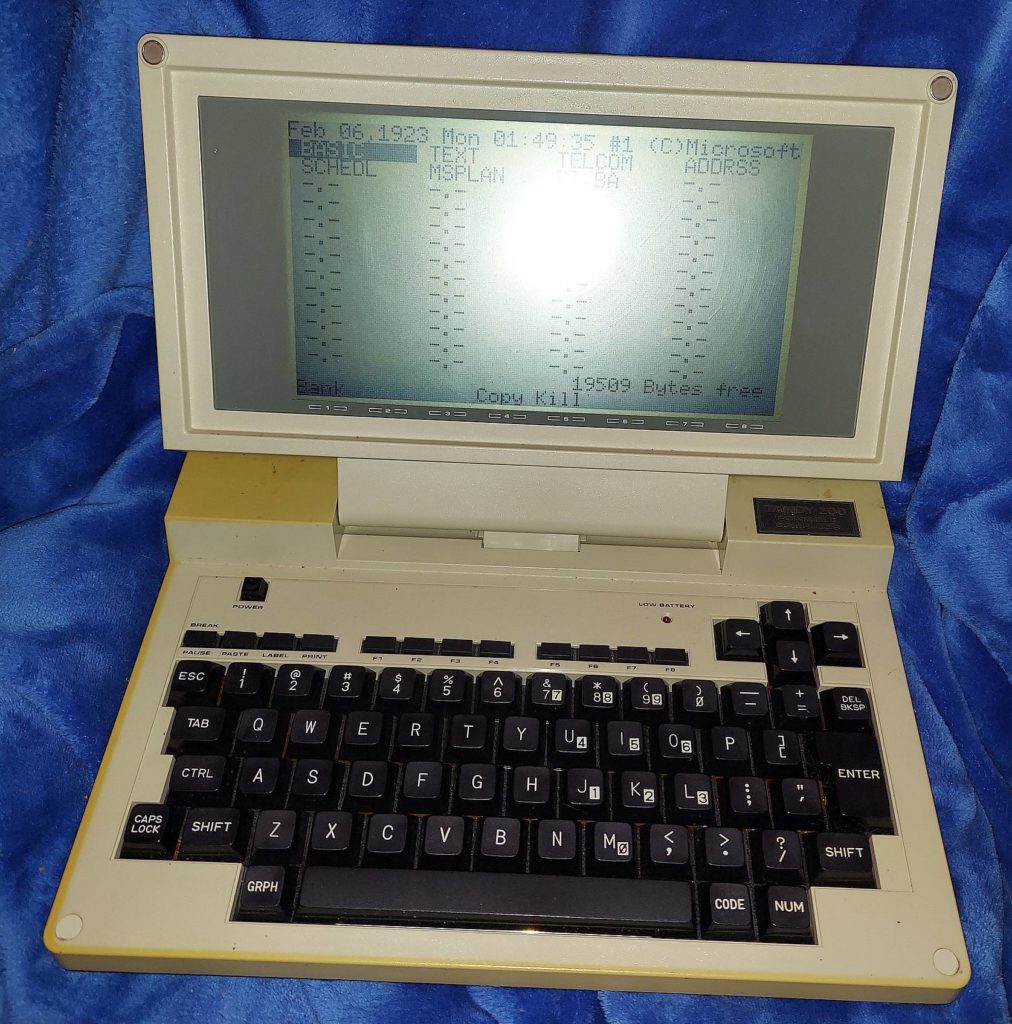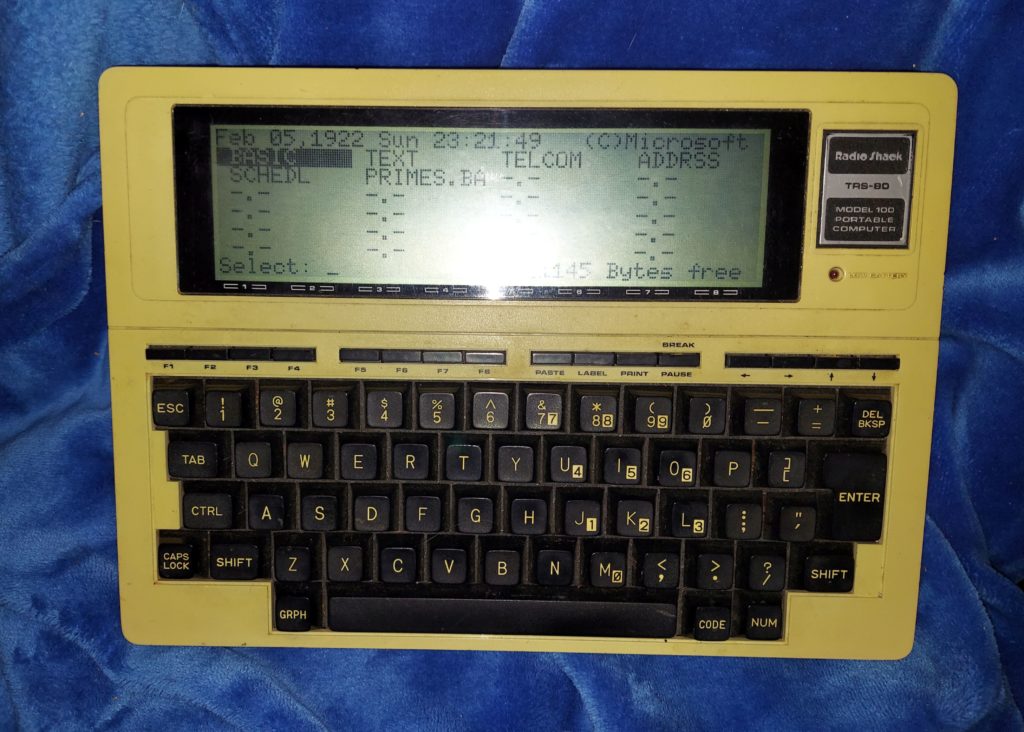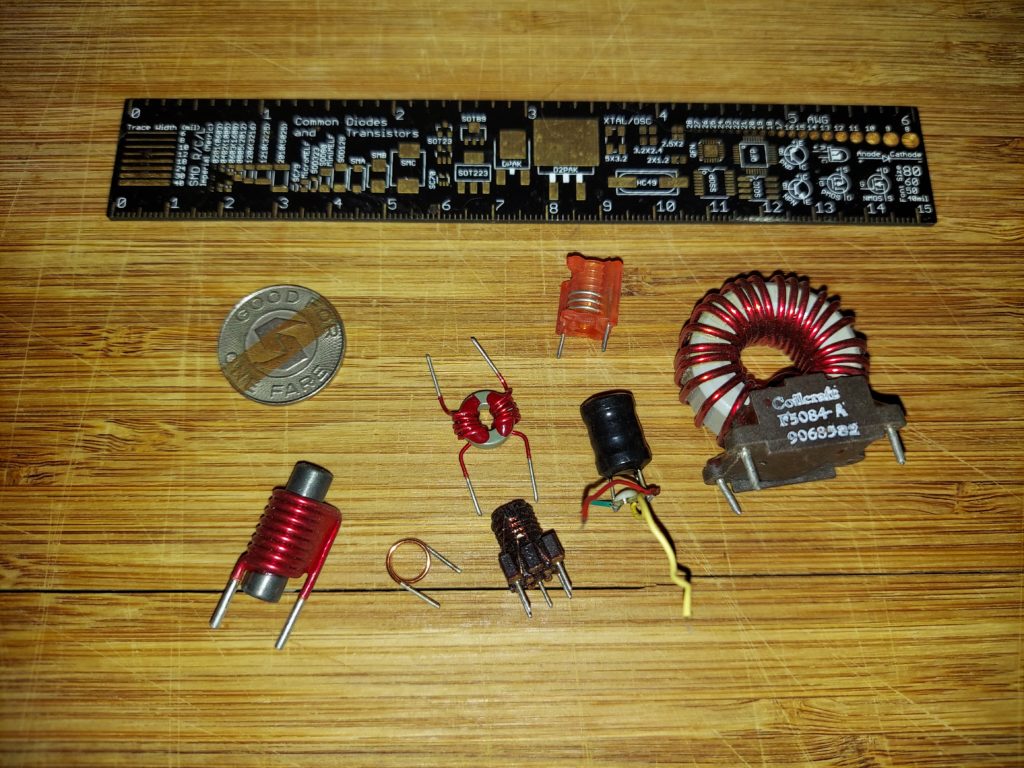I know what kilo means. I know what farad means. But even so, I never thought I’d have a use for the word kilofarad — let alone have one on my desk.
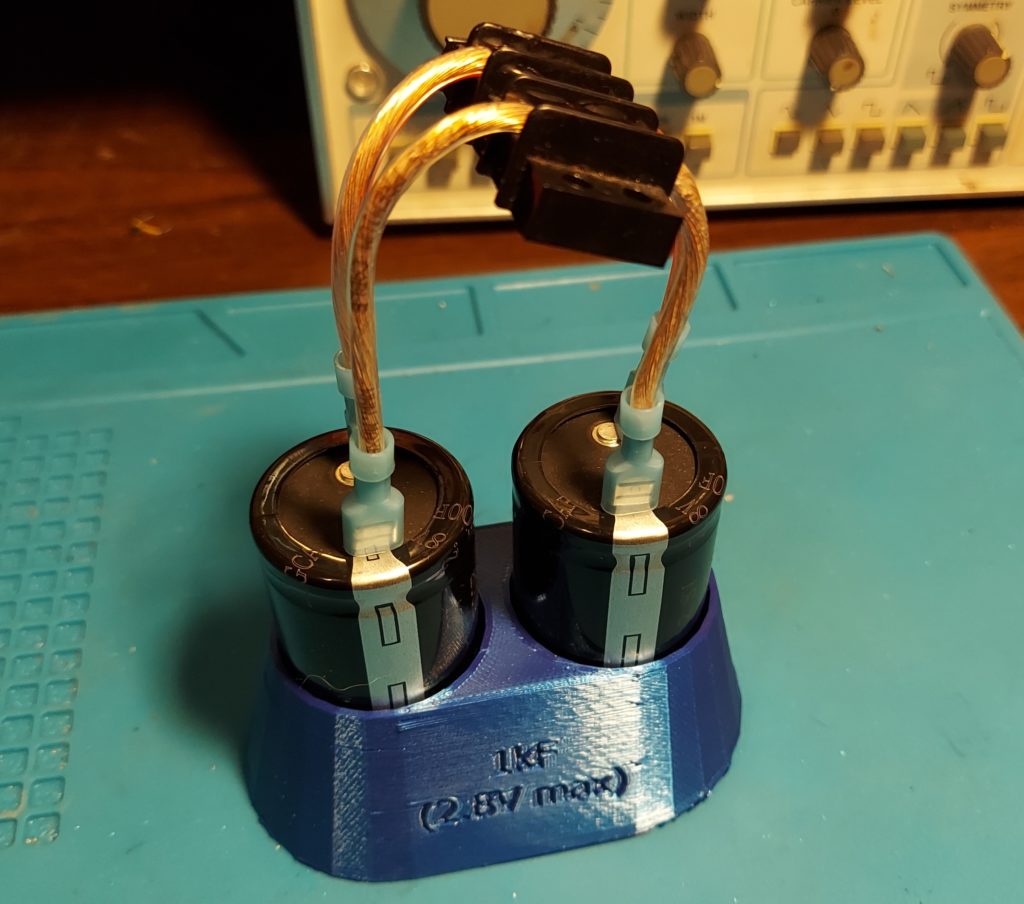
The farad, named after Michael Faraday, is the SI unit of capacitance. It is equal to one coulomb of charge per volt. One coulomb is equivalent to one amp-second: one amp of current flowing for one second transfers one coulomb of charge.
This suggests an experiment: Charge a parallel pair of 500F capacitors (a kilofarad compound capacitor) at a constant 1A, as measured by a trusted DVM. Put another meter in DC voltage mode across the capacitor, and log the rate of change of voltage. (One kilofarad should be one millivolt per coulomb of charge, so we can use voltage as a “gas gauge” for how much charge is stored.)
For a textbook 1kF capacitor charged at a constant 1.0 amps, voltage should rise at 1mV per second, or 3.6V per hour. Since the power supply will have to provide some overvoltage in order to make up for any system losses and keep 1A flowing, this experiment has to be carefully monitored to avoid overcharging the capacitors.
It’s not that they’re particularly expensive. It’s that a 1kF capacitor, charged to 2.7V, stores some 3.6kJ of energy. That’s enough to lift even my 100kg posterior some 3.33m, or almost 11 feet, straight up. To imagine what a failed cap would be like, imagine sitting on an ejection chair powered by an explosive charge powerful enough to launch a large adult ten feet in the air. That’s how much energy is in there — at only 2.7V!
(“Danger: Low Voltage”…??)
Charging at a constant 1A (kept generally within 1mA) resulted in the following voltage/charge curve. (Upon reaching 2.75V, the power supply was disconnected and the capacitors allowed to self-discharge. Effective capacitance was not measured past that point.) Interestingly, voltage rose more slowly with increasing charge. The orange curve on the chart shows effective capacitance to each point. When charged to at least 1.1V or so, the two 500F capacitors do seem to make a one-kilofarad pair.
…At least, if there has been no significant loss of charge. Measuring that will need either a controlled-current load, or simultaneous monitoring of both voltage and current, since any simple resistive load will likely experience significant changes in resistance as it heats up.
